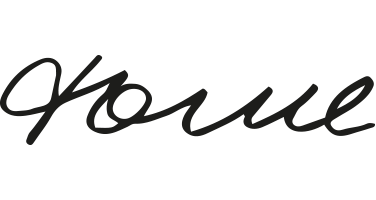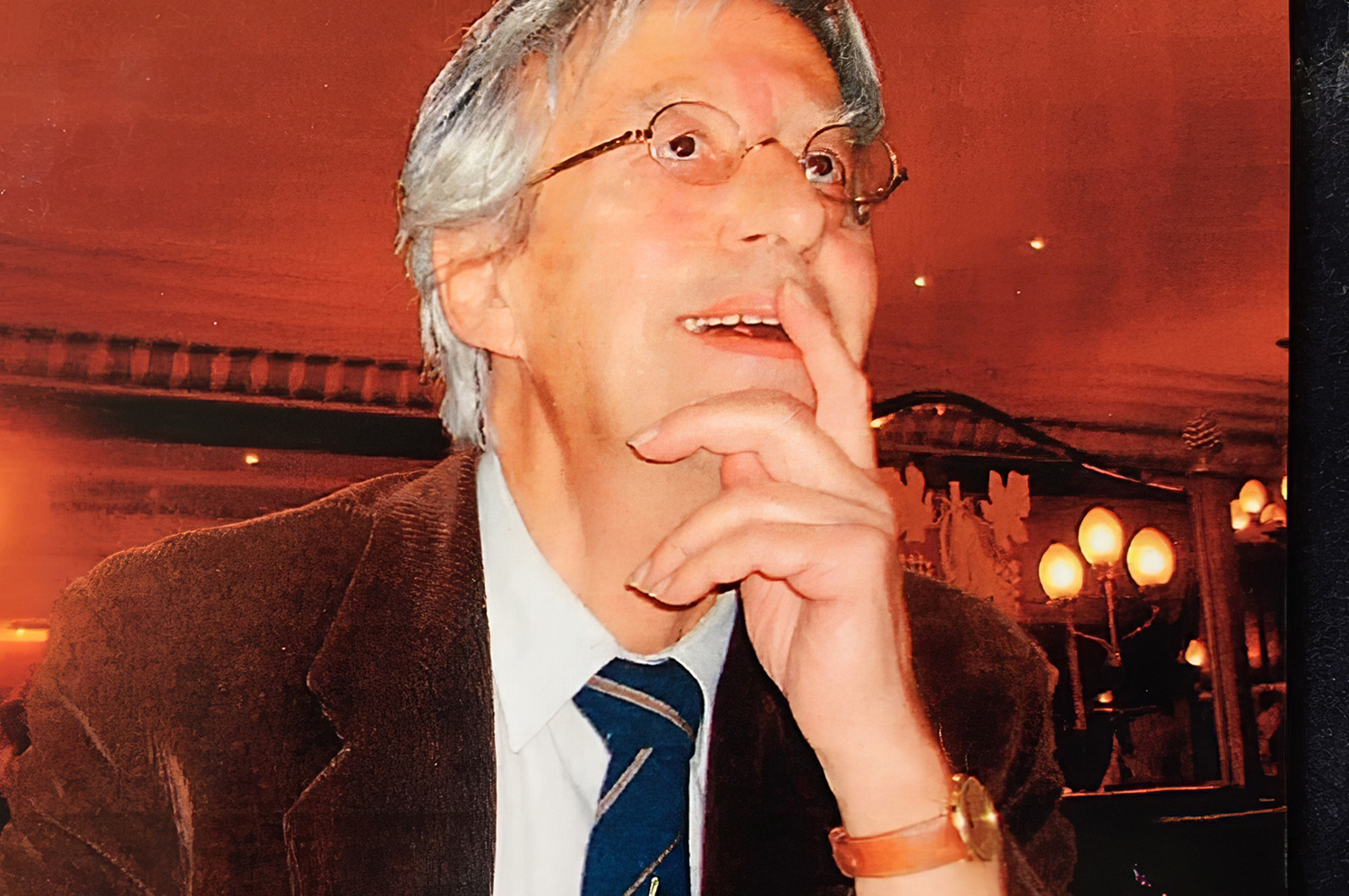« Hi, dear Charles » …: he always started like this. The, we spoke. We often talked about the world, especially the world of health. “We are on board the Titanic”, he said, jus the way one confides someone a secret. “At this rate of growth, it cannot hold”. However, year after year, it went on holding. More and more, increasingly better, and… what happened after? Gianfranco Domenighetti, i.e. Dome, smiled. He thought that one day the masks would fall down.
We had been heads of the public health service, he in Ticino, me in the canton of Vaud, respectively.
We worked, launched projects, thought and laughed together. Our meetings were actually like parties. Officers? Just what we needed. Friends? Forever. It was time for all possibilities, for all fights. The health world was opening to new questions: its organization, its governance, its effectiveness; the usefulness of its services was gradually turning into a set of questions. We wanted to understand, read the reality behind appearances, perhaps ultimately change the sanitary order. We were young. It was the time of a kind of carefree and sceptical pragmatism. Not an activist, not a fighter, only a citizen. Lucid?
Life then separated us. I left elsewhere, while he stayed and went further and beautifully – in the only place where he could be himself: the university. The place where his glance could be exercised, become freer, deeper, more rigorous, and more universal.
Not far from photography and painting.
Actually, Dome was first of all a glance. A glance on things, on life, and on himself. The type of glance that allows us to recognize the facts lying behind opinions, to identify among the infinite mass of data, those that, more than any other and for a single moment, will tell the truth about the world. Such a glance results from doubt and benevolence. From doubt, because only doubt is able to create such radical dissatisfaction, this desire to go further and further in search of truths. From benevolence, because only benevolence is able to put doubt at the service of mankind. That glance, the scientist’s glance, was precisely what was needed to delve into the health reality, to analyze the facts, to make sense of the billions of decisions made by the multitude of caregivers, care recipients and health administrators at any moment.
There was a need for this this look, for the political glance to expose, behind the consensus and ready-made truths, the power relations and the interests of those who do business with disease, live on it or administer it. There was a need for this glance, for the humanist’s glance, to spot our contradictions and draw the energy of change out of it. There was a need for this glance, for the wise man’s glance, to comprehend, that is to say to “take ‘with’” [com- ‘together’ + prehendere ‘grasp’], to convince, that is to say “to overcome ‘with’” [con- ‘with’ + vincere ‘conquer’]. That glance was necessary to change our own glances. Dome was the bearer of those glances. Humour with the addition of kindness. Have I thanked him enough?
What about the photographer’s more intimate look, or the painter’s more secret one?
Here it is no longer a question of truth or lie, no longer question of power, of formal, statistical or experimental evidence. Evidence, the only thing that counts, lies in the strength of the artistic testimony and in the emotion or in the shock it arouses. No more rules, the only one that guides you is the one that the artist invents and gives birth to the form.
All you have to do is look. At another world, his, the one he offers us and is standing before us. We enter it slowly. It tells us something known that speaks to us about ourselves and, at the same time, something unspeakable, unknown, unexpected, which opens unsuspected horizons. Art, just as science, is a question of looks. Science, like art, teaches us to see. Dome, the secret man, the modest man, the paradoxical man; the anti-authoritarian supervisory officer who advocated for prevention while drinking whisky and smoking cigars; the cheerful and creative scientist who amused himself with variations of the consumption of care; the impatient Swiss, the fierce and critical native of Ticino; the sceptical citizen, the artist who had found a refuge in photography and painting, Dome went to look elsewhere. From there, he tells us: “Look, look well, look further and deeper. Everything lies in the art of seeing…”
Goodbye, dear Dome. Thank you.
Charles Kleiber, Lausanne, June 2018
Arch EPFL, former he has been Director of the public Health Department of the Canton Vaud, General Director of the University Hospitals of Lausanne (CHUV), State Secretary for Education and Research, President of the Board of Directors of the Hospital of Valais)

